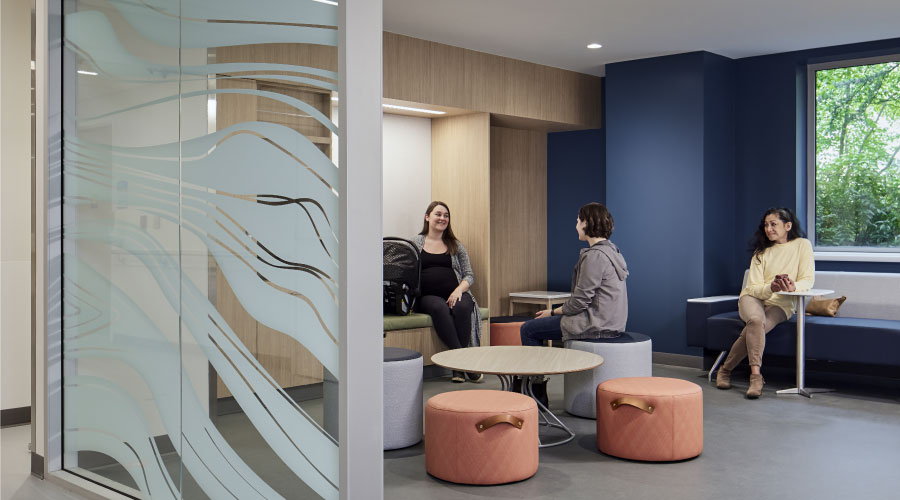Life Sciences’ Real Estate Comeback Bodes well for Future
Lab space demands are increasing as industry recovers from pandemic.
By Doug Carroll, Contributing Writer
Hear that sigh of relief coming from Boston, San Francisco and San Diego?
Demand for lab space in the life sciences market has made a comeback, which is good news for fields such as pharmaceuticals, biotechnology, medical device technology and biomedical technology.
According to JLL’s U.S. Life Sciences Property Report, released in May, the post-pandemic worst is over, and there are several reasons for optimism in 2024 and beyond:
- It’s an occupier’s market, with shrinking lease terms.
- Asset and neighborhood quality in Boston, San Francisco and San Diego are driving leasing successes. Thebest product in the best neighborhoods remains the most sought-after destination for leasing activity.
- It appears as though the cycle of softening demand has all but ended.Lab demand was up 6.3 percent across the U.S. in the first quarter of 2024, with the San Francisco Bay Area particularly bright.
- Supply-to-demand ratios are mediating. The outlook for the rest of 2024 is such thatthe ratio will continue to drop considerably in most major markets as new supply contracts and demand continues to grow incrementally.
- Newly added vacancies are set to fall precipitously after 2024. Currentlyonly 4.7 million square feet of lab underway has the potential to deliver vacant from 2025 into 2027.
Companies are now “able to reallocate funding to other initiatives,” says Brandon Maruca, senior director of scientific support services at JLL Life Sciences. “Lower operating costs, improved delivery of services and the acceleration of science have been part of a resurgence.”
The COVID-19 pandemic exposed vulnerabilities in supply chain and services, Maruca says, and the science suffered accordingly.
“This forced consideration of where you would locate,” he says, “and that drove efficiencies and speed to market.”
However, the pandemic also demanded innovative ways of supporting work, and it forced a search for better locations to make investments to attract the right talent.
The result of those things has been a more employee-centric workplace, Maruca says.
Kevin Wayer, division president for JLL Life Sciences, says cautious optimism is justified this year.
“Demand in Boston, San Diego and the Bay Area is now on par with 2019 levels, which is before the market overheated,” Wayer says. “If occupiers are able to take advantage of the conditions now, they should, since competition for space is likely to heat up once startup capital flows more freely in 2025 and beyond."
While the supply-to-demand ratio is gradually mediating, some sub-markets have a longerroad ahead to normalization. The outlook for the rest of 2024 is such that the ratio will continue to drop in most major markets.
Newly added vacancies are set to fall swiftly after 2024. After the wave of space delivering in 2024 is in the rearview mirror, the new supply outlook appears better for 2025 and beyond.
“A dramatic shift in the macro environment, coupled with a glut of new supply that was mismatched with shrinking demand, led to the downcycle in life sciences real estate,” says Travis McCready, head of life sciences, Americas markets, for JLL.
“Today, all indicators are pointing to growth in demand and improving macro fundamentals in the space. The last hurdle to clear before the lab market returns to something approaching equilibrium is now the oversupply of available space in nearly all markets, and the data shows we are on the right path to achieving this.”
Doug Carroll is a freelance writer based in Chandler, Arizona.
Related Topics:










